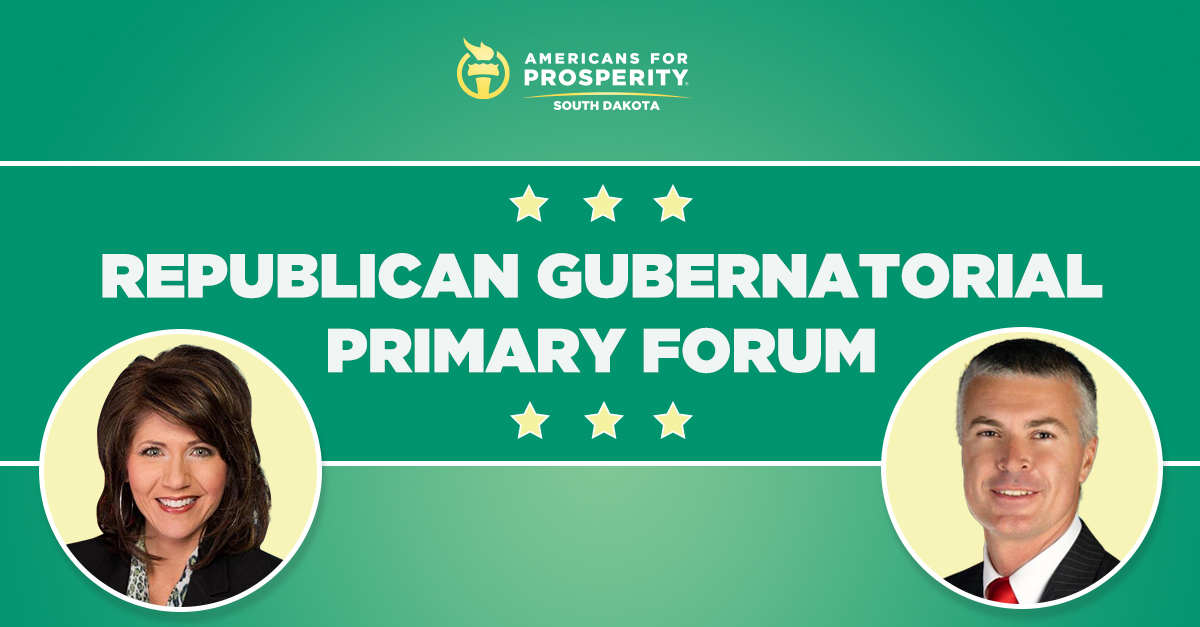Twenty-five years ago, I got up early in the morning and flew from Pierre to Denver for a meeting. I then flew to Minneapolis for a meeting the next morning. When I got into Minneapolis, the airport terminals were reporting of the FBI raid of the Branch Davidian Compound in Waco Texas. I got my rental car and proceeded to my hotel.
When I got to my hotel and checked-in, I was handed literally dozens of messages to call back to Pierre. As most of the messages were from my staff in GOED’s Division of Finance, I imagined one of our borrowers had a cataclysmic occurrence. My head raced with the possibilities of who it might be and problems like bankruptcy or a major accident.
I got to my room, turned on the TV which was more Waco so I put it on mute and sat at the desk to call back to Pierre. I couldn’t get through because the phone lines seemed busy which I thought odd everyone in Pierre would be that strung out over the Waco siege but whatever. So, I kept calling. When I got a phone to ring, nobody was answering, not even at my house.
Finally, I got through to Brenda O’Hara at home, wife to David O’Hara, Deputy Commissioner of the Governor’s Office of Economic Development. She just said “Have you heard?” and I responded something about Waco and I then she made a sound and lost it as she repeated over and over, “They are gone. They are all gone. The plane crashed.” At that moment, it never even occurred to me what plane it might be. Did I have my staff flying on one of the small state planes that day?
Then I heard through her cries, “The Governor, Rolly, they are all gone.”
Who was she talking about?
George S. Mickelson, 52 years old, husband to Linda and father to three children. He was serving as Governor.
Angus Anson, 38 years old, husband to Cindy and father to two children. He was serving as CEO of Northern States Power of South Dakota.
Ron Becker, 52 years old, husband to Shirley and father to two children. He was serving as State Head Pilot.
David Birkeland, 54 years old, husband to Mary and father to two children. He was serving as President of First Bank of South Dakota.
Roland Dolly, 37, husband to Lane. He was serving as Commissioner of the Governor’s Office of Economic Development.
Roger Hainje, 43, husband to Susan. He was serving as President of the Sioux Falls Development Foundation and Forward Sioux Falls.
David Hanson, 45, husband to Diane and father to two children. He was serving as State Pilot.
Ron Reed, 52, husband to Barb and father to two children. He was serving as Commissioner of the Office of Energy Policy.
Since that fateful day 25 years ago, all but Rolly and Roger have become grandfathers many times over. I am sure their wives and children have lamented all they have missed. But the reality is they have missed nothing for they have witnessed it all and interceded on their behalf when necessary.
But, it is us who have missed them, more than we know. Every one of the men on that plane were people I considered my friend and some much more than just friend. As great as my sadness is for myself and the great loss of great leadership in our State, I know it pales in comparison to what these wives and children lost. My heart goes out to them and I hope they have a sense of the appreciation we have for their sacrifice.
* I am sorry that I didn’t know all the names of the children of the passengers so rather than listing those I knew and remembered, I listed none.











 WASHINGTON — U.S. Sen. John Thune (R-S.D.), a longtime Senate Agriculture Committee member who has been involved in writing three farm bills during his time in Congress, issued the following statement after the House Agriculture Committee voted to send its farm bill to the full House of Representatives for consideration. The Senate is expected to release its version in the next few weeks. The current farm bill expires on September 30, 2018.
WASHINGTON — U.S. Sen. John Thune (R-S.D.), a longtime Senate Agriculture Committee member who has been involved in writing three farm bills during his time in Congress, issued the following statement after the House Agriculture Committee voted to send its farm bill to the full House of Representatives for consideration. The Senate is expected to release its version in the next few weeks. The current farm bill expires on September 30, 2018.